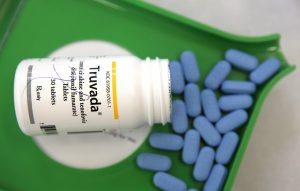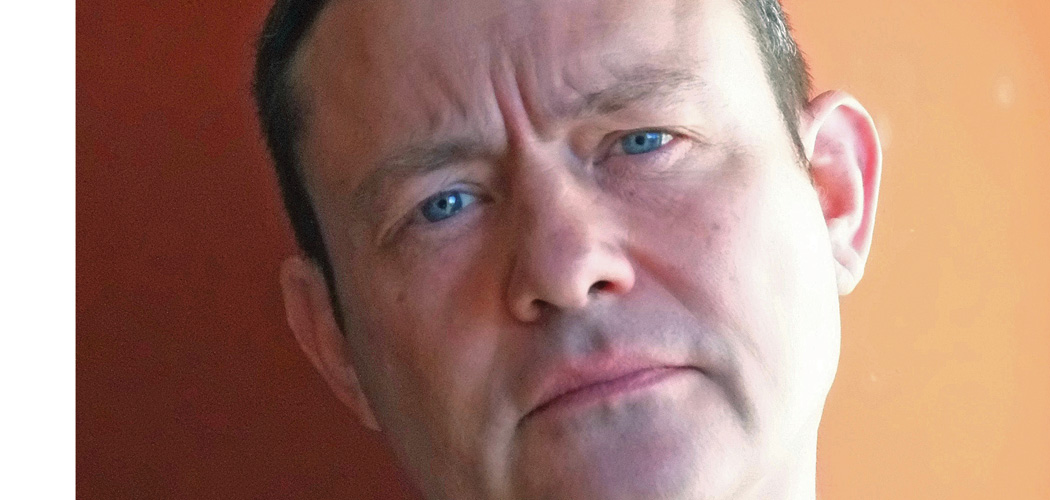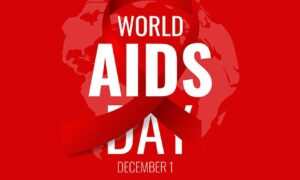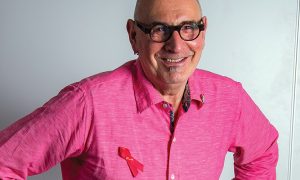PrEP is still not available on the NHS. But where did this HIV prevention drug come from? And what are the key points in its development? Roger Pebody, Editor at NAM and member of the PROUD Community Engagement Group, explains the history of this groundbreaking drug.

1995: The first experiment
The first time anyone tried to use an HIV drug to prevent infection was 21 years ago. In an experiment done on monkeys, Dr Che-Ching Tsai wanted to see if an HIV
drug taken either before or just after being exposed to the virus stopped the infection taking hold. Although
the drug worked, it actually took several years for
other scientists to build on his idea.
At the time, most other HIV researchers were focused on developing better medical treatments for people living with HIV (it was only in 1996 that effective treatments became available). And when scientists did work on using drugs for prevention, most focused on stopping HIV being passed from a pregnant mum to her baby. Other scientists developed PEP – people taking HIV drugs immediately after a risky incident.

2005: Research gets into gear
Around 2005, a few scientists started to work more seriously on what is now called PrEP (pre-exposure prophylaxis). They knew that when HIV positive people take anti-HIV drugs, the medicines work by stopping HIV from infecting new cells in the body. So it seemed possible that the drugs could also work for HIV negative people who are exposed to HIV – by stopping HIV from infecting new cells, the drugs might stop an infection being established. This seemed to be the way that PEP and prevention for babies worked.
Some researchers did more monkey studies. Others did studies with people, including some which were badly organised and caused controversy. But others were well conducted and found out new things about how PrEP could work. A large study with gay men and transgender women began in 2007.
2010: The breakthrough
This gay men’s study was the first to definitively prove that PrEP works, announcing its results in 2010. People who were already at very high risk of getting HIV were given a pill called Truvada that contains two HIV drugs. They were told to take it every day and also to use condoms as often as possible. In people who got the PrEP pill, there were 44% fewer new cases of HIV than in people who didn’t.
“This positive result is going to give hope to millions of men who have sex with men and help them protect themselves and their loved ones,” said Michel Sidibé of the United Nations AIDS programme at the time.
2011: Mixed results for straight men and women
Other big studies tested out PrEP for straight couples and for women in African countries. Results released in 2011 were mixed. It became clear that PrEP is really effective when people are able to take the pills regularly, but that this could be hard for some people. Faced with so many other challenges in their lives, young African women often found it hard to take the PrEP tablets.
At the moment, researchers are trying to find out if giving PrEP drugs in another form (like a soft ring that stays in the vagina for a month at a time) will be a better option for African women.
2012: Americans get PrEP
Health officials in the USA didn’t wait long to approve PrEP, giving it the green light in 2012.
Uptake was slow at first. Both doctors and people who might need PrEP took a while to find out about PrEP. Some people weren’t comfortable with this new way of preventing HIV. As America doesn’t have an NHS, people on lower incomes who don’t have good health insurance often found it difficult to get hold of PrEP. But on the gay scenes of San Francisco, Washington DC and New York, word started to get out about this new way to protect yourself from HIV.
2014: The UK wakes up to PrEP
It took a while for gay men in the UK to hear about PrEP. An English PrEP study had been running since 2012 and at first only a few gay men wanted to take part. But when in October 2014 Dr Sheena McCormack announced that the study had to be brought to a close early because the results were so good, people started to take notice. The PROUD study found that PrEP reduced infections in gay men by 86% – more effective than had been seen in any other study.
Immediately there were calls for the NHS to provide PrEP. “PrEP is a game changer,” said Dr Michael Brady of Terrence Higgins Trust. “These encouraging results provide powerful evidence that PrEP should be accessible to all who need it as soon as possible,” said Yusef Azad of the National AIDS Trust.
2016: The NHS drags its feet
Right now PrEP is available in the USA, Canada, France, Norway, Israel, South Africa and Kenya. In the United States alone, at least 80,000 people have taken PrEP.
But in England, earlier this year, top NHS officials ruled out PrEP. They seemed to be more worried about this year’s NHS budget than about gay men’s lives. The National AIDS Trust took them to court and the NHS lost twice. The judges have ruled that the NHS has to make a decision on PrEP in the usual bureaucratic way, weighing up its pros and cons, and comparing it with other potential health programmes.
Despite the court case, we still don’t know whether the NHS will provide PrEP. The outcome of the NHS decision-making process is expected any day now. It could still be a no – the NHS might say that PrEP is a good idea, but that the price of the Truvada pill is too high. Campaigners are putting pressure on the drug company to lower its prices.
But if the NHS finally says yes to PrEP, it will be great news for everyone – including many gay men – who needs it to protect their health.
Read more about PrEP and its future availability on the NHS at aidsmap.com
Please support NAM’s work by making a donation at aidsmap.com/donate. Your support will help NAM to continue to provide information, advice and guidance about HIV.














